Maple Leaf Gardens in April of 2013
For many decades, Maple Leaf Gardens was the city’s great palace of hockey. When it opened in the autumn of 1931, it became the venue for many of the cultural, political, sports, and entertainment events in Toronto. During the 1930s, when the major circuses came to town, they performed in the “Gardens.” During the dismal years of the Second World War, rallies were held under its roof to raise morale and sell War Bonds. Religious denominations held mass services within its walls, and the great entertainers of the times performed in concerts with few empty seats. Rock concerts, wrestlers, and operas have all been showcased in the Gardens.
The construction of the 13,000 seat arena-style building commenced during the Great Depression, and was completed in just five months. Its architecture departed from those of the previous decade, reflecting a more modernistic design, the facades plain, with straight uncluttered lines. The cornices are unadorned. The interior of the Gardens accommodated an ice rink, a basketball court, and concert venues. In some ways it reflected the austerity of the Depression years, as exposed concrete walls and brickwork were visible in the interior. The massive arched ceiling contained steel trusses, supported by four concrete buttresses that required no other interior supports. This allowed unobstructed views from anywhere within the building. Tall vertical windows inserted into the north and south facades permitted generous light to enter the interior.
The importance of Maple Leaf Gardens has been officially recognized, as today, it is a National Historic site. When the Maple Leaf hockey franchise departed the building, it was renovated to house a gigantic food store as well as a sports venue for Ryerson University.
Looking east along Carlton Street in 1934, three years after the opening of Maple Leaf Gardens.
A political rally in the Gardens in 1935
Liberace (left) and Pat Boone (right) in the Gardens in the 1960s.
Maple Leaf Gardens in the 1970s, the Odeon Carlton Theatre in the background, as well as Eaton’s College Street at the far end of the street. The building on the northeast corner of Carlton and Church Streets is Warner Brothers Pictures.
Note: all the above photos are from the City of Toronto Archives
Personal Memories of the Gardens
Photo, city of Toronto Archives
The first time I was ever in the Gardens was in the early 1940s, when my brother and I attended the circus. It was a spectacle beyond our wildest imagination. Everywhere we gazed there was constant action. We sat in the “blues,” which were great seats. The other thing that I remember was the great mounds of peanut shells we deposited on the floor. The wilder the action on the arena floor, the faster we crushed the peanuts and dropped the shells. The peanuts as much an integral part of the circus as the tigers, elephants and trapeze artists.
This photo was taken in 1959, from high above the “greys.” I was with a friend, and neither of us had the money to purchase seats. However, for a few bucks we were allowed to stand behind “the greys,” the uppermost section of seats in the Gardens. This picture was taken with my new 35mm Kodak Pony camera, which I had purchased the previous year. The picture was taken before the game began. The players were on the ice, but many of the fans were not yet seated. As teenagers, we thought that the popcorn, hotdogs and Vernors Ginger Ale were gourmet treats.
This picture was taken about the same year as the previous photo, and with the same camera. Notice that the sign on the marquee states that on Tuesday nights there was wrestling. At the time, I was working at the BA Oil Building at College and Bay Streets, and some nights after work, a co-worker and I would grab a sandwich and walk over to the Gardens to watch the wrestling. This was in the late-1950s, and the most popular wrestler in Toronto was “Whipper” Billy Watson.
Today, in the Loblaw’s Store in the Gardens, on the east wall there is a collage made of chairs that were removed from the arena. It is the shape of a Maple Leaf, and of course is blue, the colour of the Leaf hockey team. Already, many people who visit the store have no memories of the great palace of hockey that preceded the Air Canada Centre.
To view the Home Page for this blog: https://tayloronhistory.com/
To view other posts about Toronto’s past and its historic buildings:
The great cathedral spires of Toronto
https://tayloronhistory.com/2013/04/25/torontos-architectural-gemscathedral-spires/
The historic Cameron House on Queen Street West
Toronto’s vanishing 19th-century store fronts.
The Art Deco bus terminal at Bay and Dundas Streets.
Photos of the surroundings of the CN Tower and and the St. Lawrence Market in 1977
The old Dominion Bank Building at King and Yonge Street
The Canada Life Building on University and Queen Street West.
Campbell House at the corner of Queen Street West and University Avenue
A study of Osgoode Hall
https://tayloronhistory.com/2012/04/12/enjoying-torontos-architectural-gems-osgoode-hall/
Toronto’s first City Hall, now a part of the St. Lawrence Market
Toronto’s Draper Street, a time-tunnel into the 19th century
The Black Bull Tavern at Queen and Soho Streets, established in 1822
History of the 1867 fence around Osgoode Hall on Queen Street West at York Street
Gathering around the radio as a child in the 1940s
The opening of the University Theatre on Bloor Street, west of Bay St.
https://tayloronhistory.com/2012/02/24/the-opening-of-torontos-university-theatre-on-bloor-street/
122 persons perish in the Noronic Disaster on Toronto’s waterfront in 1949
Historic Victoria Memorial Square where Toronto’s first cemetery was located, now hidden amid the Entertainment District
https://tayloronhistory.com/2012/01/09/victoria-square-in-torontos-entertainment-district-is-a-gem/
Visiting one of Toronto’s best preserved 19th-century streets-Willcocks Avenue
The 1930s Water Maintenance Building on Brant Street, north of St. Andrew’s Park
Toronto’s architectural gems-photos of the Old City from a book published by the city in 1912
Toronto’s architectural gems in 1912
https://tayloronhistory.com/2012/12/04/torontos-architectural-gems-in-1912/
Toronto’s architectural gems – the bank on the northeast corner of Queen West and Spadina
https://tayloronhistory.com/2012/12/02/torontos-architectural-gemsbank-at-spadina-and-queen-west/
Photos of the surroundings of the CN Tower and and the St. Lawrence Market in 1977
The St. Lawrence Hall on King Street
https://tayloronhistory.com/2012/04/28/enjoying-torontos-architectural-gems-the-st-lawrence-hall/
Toronto’s streetcars through the past decades
https://tayloronhistory.com/2012/03/26/memories-of-torontos-streetcars-of-yesteryear/
History of Trinity Bellwoods Park
https://tayloronhistory.com/2012/04/09/the-history-and-beauty-of-trinity-bellwood-park/
A history of Toronto’s famous ferry boats to the Toronto Islands
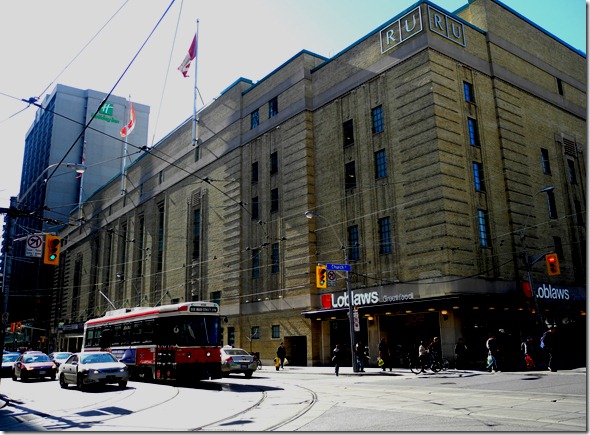
![20101129-MapleLeafGardens1934[1] 20101129-MapleLeafGardens1934[1]](https://tayloronhistory.com/wp-content/uploads/2013/04/20101129-mapleleafgardens19341_thumb.jpg)
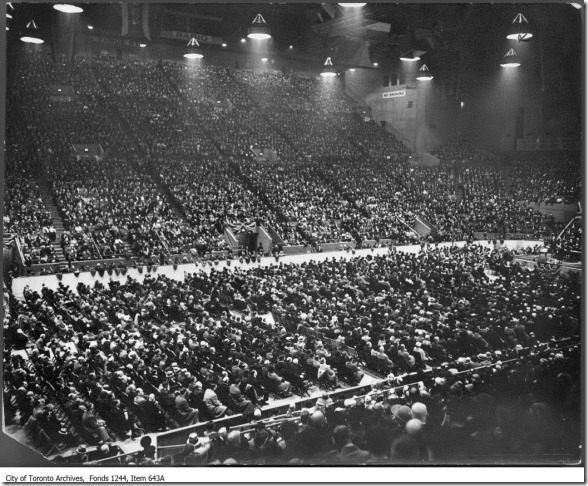
![f1257_s1057_it3402[1] Liberace, 1960 f1257_s1057_it3402[1] Liberace, 1960](https://tayloronhistory.com/wp-content/uploads/2013/04/f1257_s1057_it34021-liberace-1960_thumb.jpg)
![f1257_s1057_it2438[1] Pat Boone, 1960s f1257_s1057_it2438[1] Pat Boone, 1960s](https://tayloronhistory.com/wp-content/uploads/2013/04/f1257_s1057_it24381-pat-boone-1960s_thumb.jpg)
![20100926-70sCarlton[1] photo-cafletcher 20100926-70sCarlton[1] photo-cafletcher](https://tayloronhistory.com/wp-content/uploads/2013/04/20100926-70scarlton1-photo-cafletcher_thumb.jpg)
![f1257_s1057_it7344[1] f1257_s1057_it7344[1]](https://tayloronhistory.com/wp-content/uploads/2013/04/f1257_s1057_it73441_thumb.jpg)
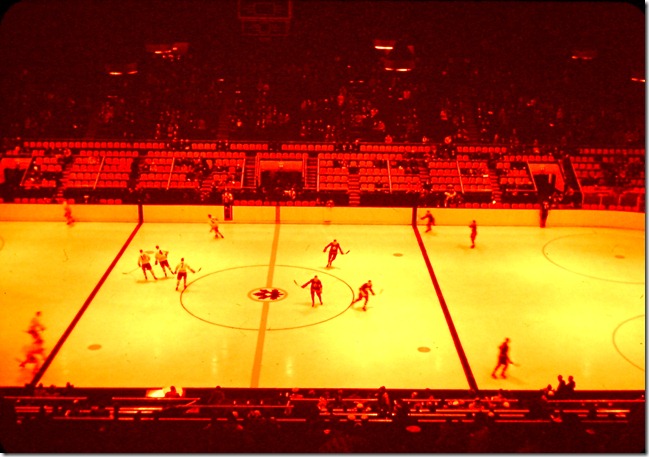
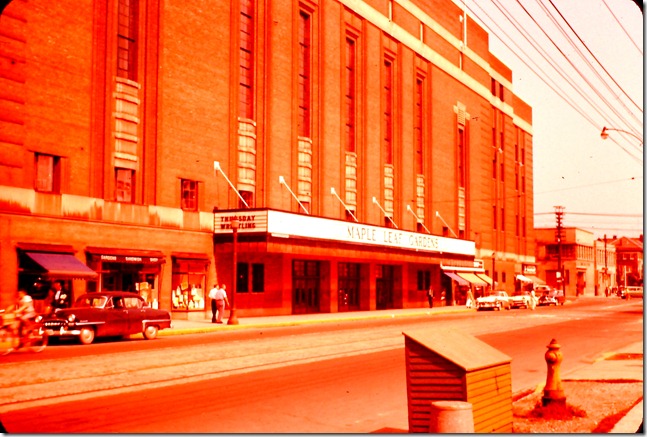
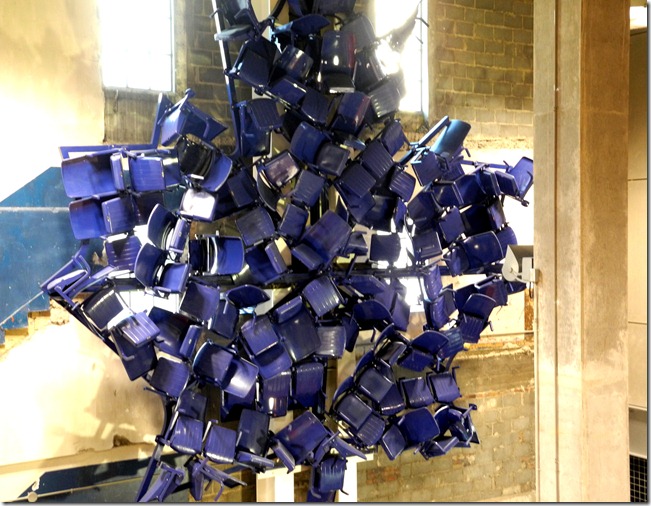
Hi Doug, I am a University of Toronto student and I’m doing a couple research articles on the Maple Leaf Gardens. Specifically, the past concerts and performances hosted there. I was wondering if I could email you some questions regarding the Gardens in the 60’s and any notable or unique perspectives you had being there? Thanks, and great article!